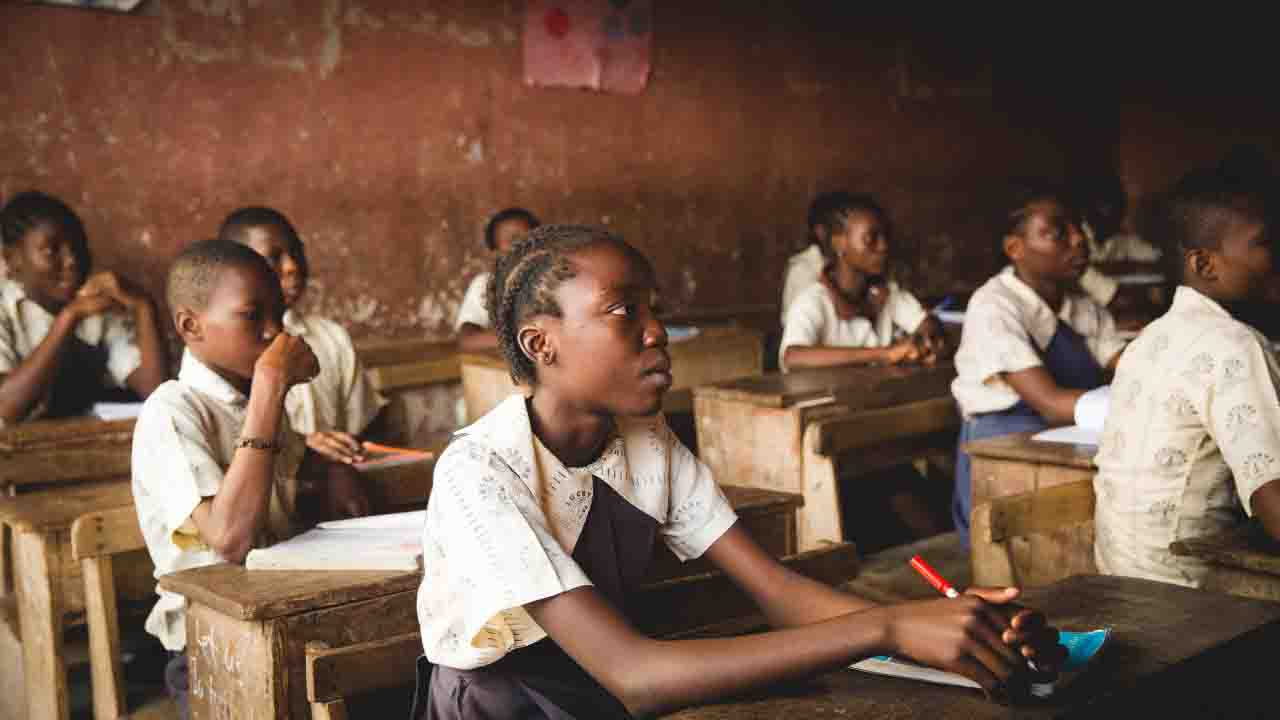Kenya marks an important occasion at the beginning of 2023 school year. In 2017 the first cohort of students to adopt a new curriculum, are entering Junior secondary school.
In 2017 the competence-based curriculums were launched to replace the 8-4-4 system which had been there for 32 years. The older system was Criticized for its emphasis on teachers instructing students and examinations.
The goal for the new curriculum is for learners to construct their own skills and knowledge by exposure to situations where it’s challenging. It is adaptive and learner-centered to the changing needs of pupils by encouraging creativity and innovativeness. Learners find solutions and explore in classrooms that are connected to real-life situations.
The new curriculum has been introduced in a phase since 2017. In public schools the students who enter grade one and all, but since day one that year a handful of private schools have been taught the new curriculum. Six years on, about 1.2 million of those students, aged 12 who are entering grade 7.
This grade, together with grade 8 next year, will be known as Junior Secondary school, a stage which didn’t exist before in Kenya. Rather than Secondary schools, this stage will be housed in Primary Schools.
It’s about all Kenyans know about Junior Secondary School to instruct and host junior secondary classes, schools are poorly prepared. Lack of laboratories, incomplete classrooms and learning materials have to be delivered to school.
In September 2022 the Presidential Working Party on Education set up to assess hurdles to implementations and other practical questions has yet to publish its recommendation on implementation.
To implement the new Curriculum successfully there are three major hurdles. Firstly, it’s important to prepare the teachers and teaching materials. Such as to improve facilities like workshops and laboratories, which are key requirements for a successful implementation of the curriculum.
The second hurdle is to improve physical facilities. There isn’t enough space for the new students, since there is a lack of infrastructure, some students continue their lessons under the trees.
Finally, the curriculum is very expensive for the parents with low incomes and who live in rural areas. This is because parents are often asked to buy materials for practical classwork. Assuming all parents have the access to a laptop or printing services for assignments and can afford smartphones has also not gone down well.
This would have been an advantage to few individuals at the expense of others and add to existing disparities. This raises the concern since education is a basic human right to all.








